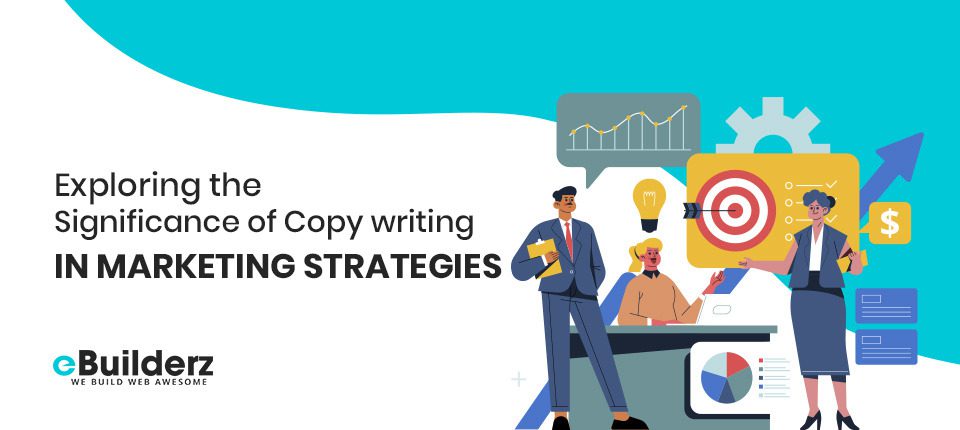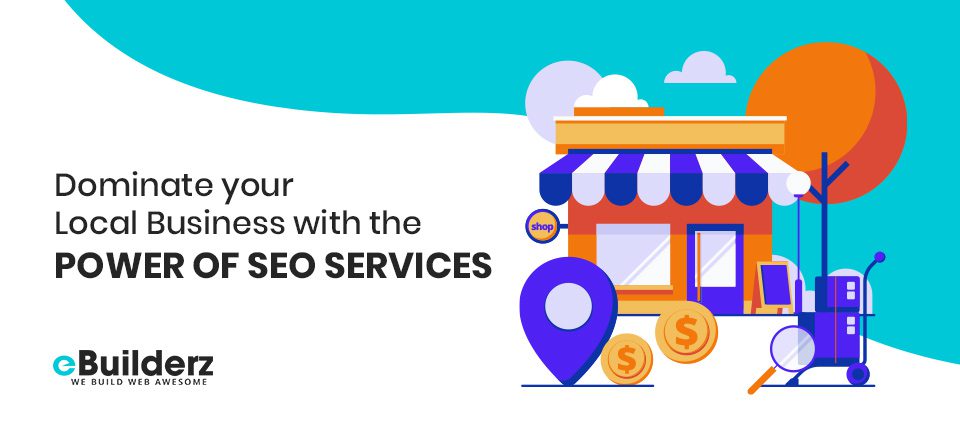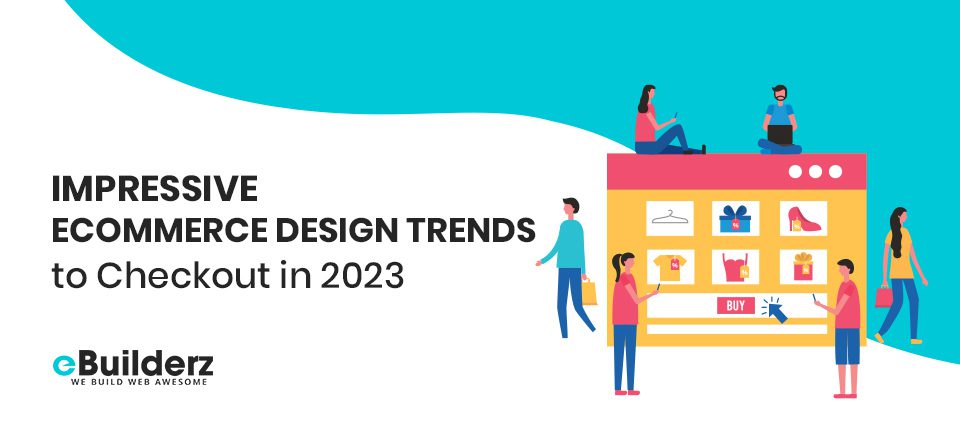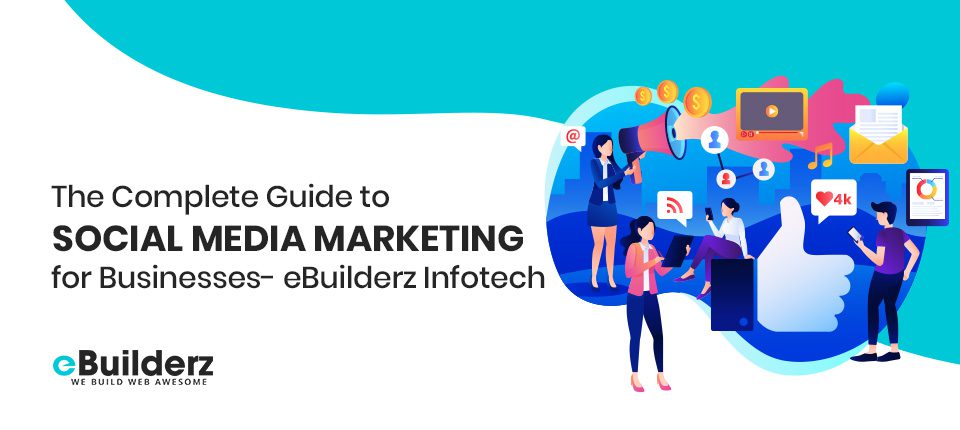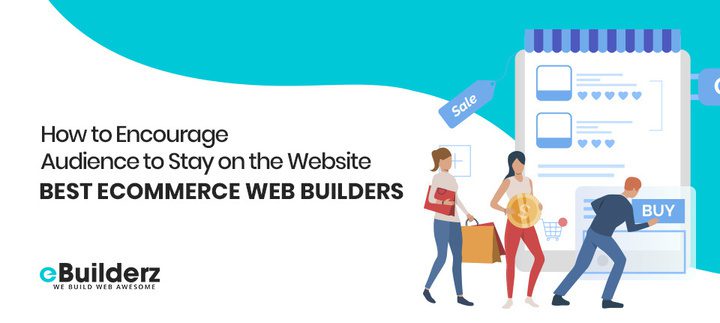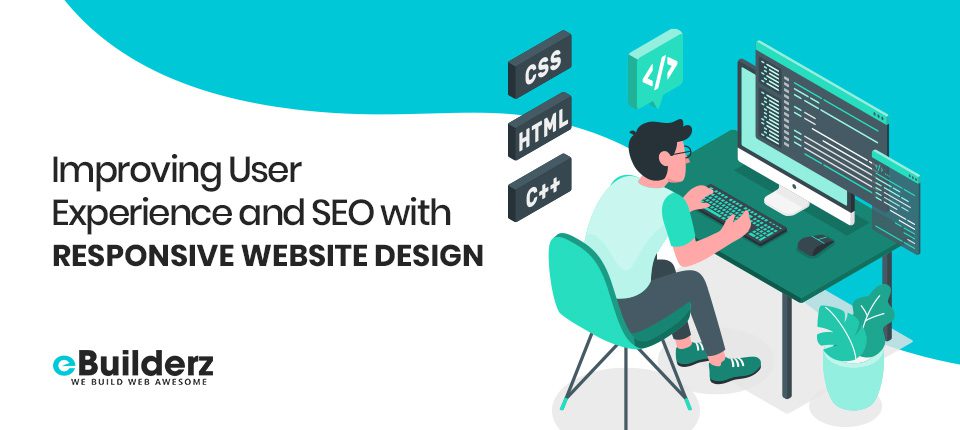Creating a better UI experience is essential to ensure that everyone can access and use your website or application, regardless of their colour contrast features or scalable designs.In this blog, we’ll explore some features on how to design a user interface and user experience that is accessible to all clients in web applications and websites.
In the digital landscape, the fusion of accessibility and UX design is becoming essential for website designers. This integration is not just about adhering to standards but also about crafting a unique and inclusive UI that resonates with a diverse audience and user-centred design. By blending accessibility principles with cutting-edge UX design, local website designers are setting new benchmarks in creating digital experiences that are both engaging and universally accessible to all users.
Understanding Accessibility in UI/UX Design
Accessibility in UI/UX design is paramount in creating digital products that cater to a diverse range of abilities. This broad variety includes addressing visual experience, auditory, motor, and cognitive impairments. For a UI/UX designer, the challenge and opportunity lie in designing websites and applications that are accessible and intuitive for all users, irrespective of their physical or cognitive conditions.
The role of a UI/UX designer in this context extends beyond mere compliance with accessibility standards. It involves profoundly understanding various user experiences and adapting the design process to accommodate different needs. This may include implementing features like screen reader compatibility for visually impaired users, ensuring keyboard navigability for those with motor impairments, and designing clear and simple interfaces, functionality, and usage of products that aid users with comprehensible challenges.
Principles of UX Design
The principles of UX design extend beyond just functionality; they encompass creating an emotional connection with the user.
- UX design transcends functionality, focusing on creating an emotional connection with the user.
- It’s about understanding and enhancing the user’s journey, making each interaction meaningful and memorable.
- Balancing aesthetics with usability is key, requiring attention to visual appeal and effective communication of brand values.
- Elements like colour schemes, typography, and layout must align with user expectations and enhance their experience.
- UX design continuously involves regular testing, user feedback, and iterative improvements.
- The goal is continually refining the user experience, ensuring the product exceeds user expectations.
Merging Accessibility with UX Design
Merging accessibility with UX design is a strategic approach that ensures all users have equal access to information and functionality, regardless of whether they interact with static or dynamic website designs. This integration involves applying inclusive design principles, such as prioritising the user in the design process, ensuring comparable experiences across different types of websites, and providing various options to accommodate diverse user needs. By focusing on both static and dynamic website designs, this approach not only adheres to legal standards but also elevates the overall user experience, making it more inclusive and empathetic. This comprehensive strategy recognizes the unique challenges and opportunities presented by different types of web designs, ensuring accessibility is a core component of both.
Tools and Techniques for Accessible UI Design
To create accessible UI designs, designers at eBuilderz Infotech utilize various tools and techniques, including screen readers, keyboard navigation, and colour contrast analyzers. The goal is to ensure that all interactive elements in the UI/UX designs, whether in static or dynamic website designs, are accessible to users with different needs. Regular testing and updates are also part of the process to maintain the accessibility of the designs.
Inclusive Design Principles
Inclusive design goes beyond accessibility to ensure that designs of the website are usable and beneficial to as many people as possible. It involves principles like creating consistent and friendly designs and offering various options to cater to user preferences. These principles guide designers at eBuilderz Infotech in making designs that are not just accessible but also enjoyable to use for a broad audience.
About eBuilderz Infotech
eBuilderz Infotech is a premier digital agency renowned for its adept UI/UX designers who are experts in crafting accessible and user-friendly digital experiences. Their proficiency in seamlessly integrating accessibility with innovative UX design has established them as the preferred choice for businesses eager to develop inclusive and captivating digital products. As highlighted, eBuilderz Infotech believes in the power of first impressions and the lasting impact of a well-designed website, which is evident in their own web presence, ensuring every visitor experiences their commitment to excellence. Here, our team designs websites familiar with web and mobile-friendly.
At eBuilderz Infotech, our expert UI/UX Designers focus on creating seamless and meaningful UI experiences, understanding user needs, conducting research, and designing intuitive interfaces. A UI designer will implement icons and buttons, typography and color schemes, spacing, imagery, and responsive design for a website.
Our Designing Services:
At eBuilderz Infotech our designing services include the following:
- Static Website Designing
- Dynamic Website Design
- Flash Website Design
- Template Website Design
- Website Designers for Mobile
- Print Media
At eBuilderz Infotech, our website designers specialise in creating visually appealing websites for small businesses with lower costs for hosting services. In particular, our skilled team of developers specialises in providing high-quality graphic design services for dynamic websites. We also make sure that all our skilled designers designing websites are flexible and up-to-date in process.
Conclusion:
The integration of accessibility and UX design is essential in today’s digital world. By focusing on this integration, eBuilderz Infotech demonstrates its commitment to creating visually appealing and accessible digital products.This approach not only enhances user experience but also ensures that digital products are inclusive, empathetic, and socially responsible.



